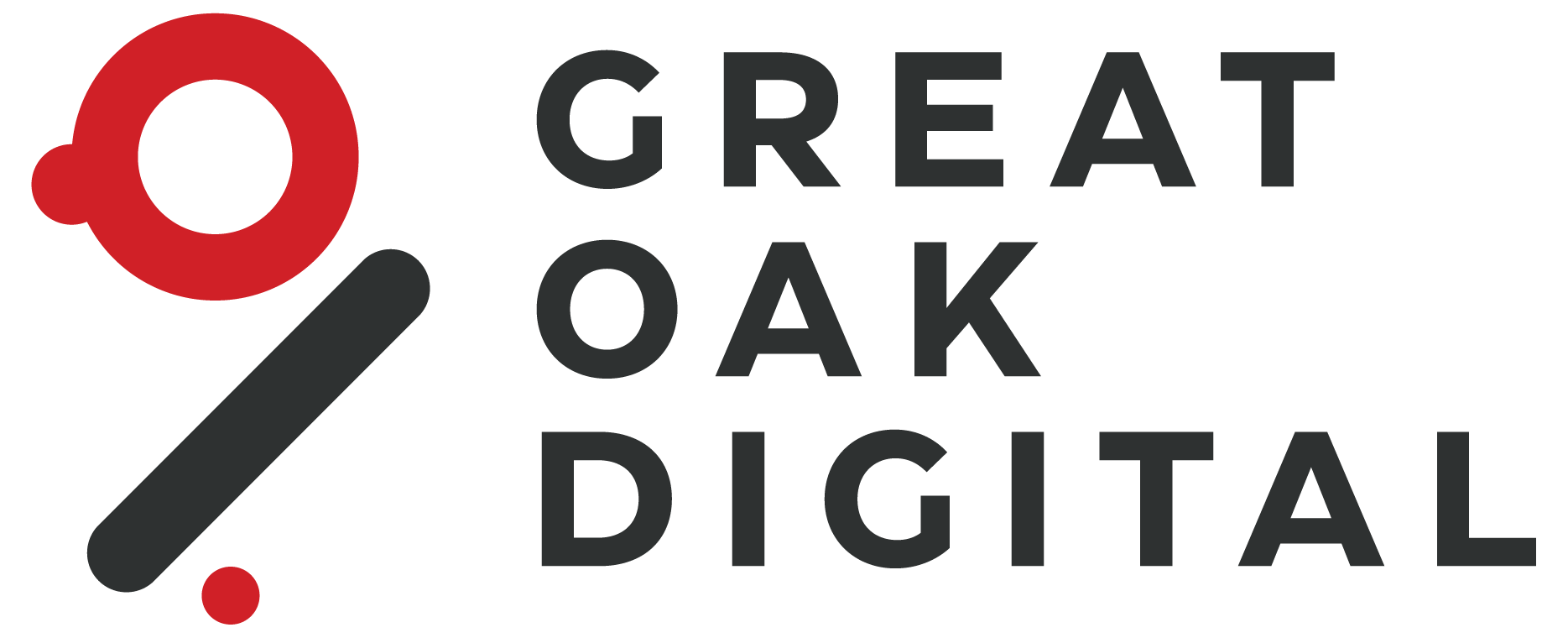Background on KNP and Its Importance in Northamptonshire Transport
KNP, officially known as Kettering Northamptonshire Passenger, was a cornerstone of public transportation across Northamptonshire. Established with the mission to connect towns and rural communities, KNP provided essential bus services that bridged the gap for commuters, students, and vulnerable populations lacking alternative transit options. Over the years, the company earned a reputation for reliability and punctuality, ensuring that daily routines—from school drops to work commutes—ran smoothly across the region. Its distinctive buses became a familiar sight, seamlessly integrating into the fabric of local life.
The Role of KNP in Community Connectivity
The significance of KNP extended far beyond mere transportation. For many residents, especially those in remote villages, KNP represented accessibility and independence. Elderly passengers relied on its routes for medical appointments and grocery trips. Young people depended on KNP to reach schools, extracurricular activities, and weekend jobs. Additionally, the company’s service was pivotal for individuals with limited mobility, offering specially adapted vehicles and customer support to cater to diverse needs.
Economic and Social Impact
KNP’s operations contributed substantially to the local economy by supporting employment, both directly through its own workforce and indirectly by connecting communities to businesses, shops, and local services. Its presence fostered social cohesion, allowing residents from different backgrounds to interact and participate fully in community life. As a trusted pillar of Northamptonshire’s transport infrastructure, KNP played an indispensable role in ensuring that the region remained vibrant, accessible, and inclusive for all.
Timeline and Details of the Cybersecurity Breach
The downfall of KNP began with a series of seemingly minor anomalies that, in hindsight, signaled a brewing catastrophe. In early March, IT administrators at KNP noticed unusual network traffic during off-hours, but initial investigations dismissed the activity as routine software updates. What no one realized at the time was that malicious actors had already infiltrated the company’s systems, exploiting a vulnerability in outdated server software that had not been patched due to budget constraints.
Initial Indicators
The breach became apparent when employees reported intermittent access issues and strange pop-ups on their workstations. Soon after, sensitive client files began to disappear from shared drives, replaced by cryptic ransom notes demanding payment in cryptocurrency. The IT team quickly scrambled to contain the threat, but the attackers had already established persistent access, leveraging stolen credentials to move laterally across the network.
Escalation and Discovery
By mid-March, KNP’s core business operations ground to a halt. Financial data, customer information, and proprietary research were encrypted or exfiltrated. External cybersecurity consultants were called in, only to confirm the worst: a highly coordinated ransomware attack had compromised nearly every critical system.
- March 3: Unusual network activity detected.
- March 8: Employee reports of system anomalies escalate.
- March 13: Ransomware activates, locking data and demanding payment.
- March 14-17: External experts assess the scope; full breach disclosed.
- March 20: KNP announces temporary suspension of operations.
This devastating sequence of events unfolded in less than three weeks, underscoring how quickly a cybersecurity breach can spiral out of control, particularly when early warning signs go unheeded.
Immediate Impact on KNP’s Operations and Reputation
When the cybersecurity breach struck KNP, the consequences were immediate and far-reaching. Within hours, critical business systems ground to a halt, paralyzing daily operations. Email servers were compromised, customer databases became inaccessible, and financial transactions froze mid-process. This disruption not only stalled productivity but also left employees scrambling for alternative ways to communicate and serve clients. The very backbone of KNP’s operational infrastructure—once trusted to run seamlessly—was rendered unreliable, exposing deep vulnerabilities that had previously gone unnoticed.
The operational chaos quickly spilled over into the public domain, triggering a wave of reputational damage that proved even more devastating. Customers and partners, upon learning of the breach, lost confidence in KNP’s ability to safeguard sensitive information. News of the incident spread rapidly across social media and industry forums, amplifying fears and speculation. Key clients began to withdraw contracts, citing concerns over data security and compliance risks. Prospective partners hesitated to engage, wary of being associated with a business now viewed as a cautionary tale.
Loss of Trust and Escalating Costs
- Customer attrition: Longstanding clients severed ties, taking valuable business elsewhere.
- Revenue decline: The abrupt halt in operations and loss of contracts led to mounting financial losses.
- Brand erosion: Negative press and public scrutiny made recovery increasingly difficult.
This immediate fallout from the cybersecurity breach set in motion a domino effect that would ultimately threaten KNP’s very survival, underscoring the critical importance of robust cybersecurity measures for any modern business.
How Insurance Coverage Played a Role in the Aftermath
In the wake of a significant cybersecurity breach, the role of insurance coverage becomes pivotal—not only in damage control but also in determining the long-term viability of a business. For KNP, the cyberattack exposed vulnerabilities that went beyond digital assets, challenging the very foundation of the company’s continuity. While many organizations assume that a comprehensive cybersecurity insurance policy will serve as a safety net, the aftermath at KNP revealed the nuanced realities embedded within policy fine print and claim procedures.
Understanding the Scope of Cyber Insurance
Cyber insurance is designed to mitigate financial losses stemming from data breaches, business interruptions, and legal liabilities. However, not all policies are created equal. KNP’s experience highlighted the following crucial considerations:
- Coverage Gaps: Despite holding a policy, certain losses—such as reputational damage and loss of customer trust—were not fully covered. This left KNP exposed to risks that extended far beyond immediate financial fallout.
- Claim Processes: The aftermath demanded extensive documentation and forensic analysis, delaying the release of funds. This hindered KNP’s ability to respond swiftly and decisively during a critical period.
- Exclusions and Limitations: Specific exclusions within the policy, such as pre-existing vulnerabilities or insufficient security protocols, resulted in denied claims for some damages.
Lessons for Businesses
KNP’s downfall underscores the necessity of closely scrutinizing cyber insurance policies. Businesses must ensure that their coverage aligns with their unique digital risks and operational realities. Regular policy reviews, transparent communication with insurers, and a proactive stance on cybersecurity measures can make the difference between recovery and closure. Ultimately, insurance is a tool—but not a panacea—in the face of evolving cyber threats.
With these lessons in mind, organizations can better prepare themselves to withstand the unpredictable consequences of cyber incidents, ensuring that coverage truly supports resilience and recovery efforts.
Business Continuity Challenges Faced by KNP
KNP’s downfall was not the result of a single, isolated incident but rather a cascade of business continuity challenges triggered by a devastating cybersecurity breach. As the attack unfolded, KNP’s operational stability was severely compromised, exposing vulnerabilities that had previously gone unnoticed. The company’s reliance on interconnected systems and cloud-based platforms, once considered assets, became significant liabilities when cybercriminals infiltrated their networks. This initial disruption rapidly evolved into a full-scale operational crisis.
Critical business processes ground to a halt as sensitive data was encrypted and held hostage. Employees found themselves locked out of essential applications, unable to perform daily tasks and fulfill customer orders. The supply chain, which depended heavily on real-time digital coordination, collapsed under the weight of uncertainty and inaccessibility. As a result, partners and clients lost confidence in KNP’s ability to deliver, further compounding the chaos.
Key Areas of Disruption
- Data Integrity: The breach compromised not only confidential customer information but also vital internal records, making it impossible to verify transactions or maintain accurate accounts.
- Communication Breakdown: With email systems and collaborative tools rendered inoperable, internal and external communications were severely hindered, delaying response efforts.
- Financial Strain: Immediate revenue losses were exacerbated by mounting costs associated with remediation, legal fees, and reputational damage control.
Ultimately, KNP’s experience underscores the necessity of proactive business continuity planning and robust cybersecurity measures. Their challenges serve as a cautionary tale for organizations striving to safeguard operations in an increasingly digital landscape.
Key Lessons for Businesses in Strengthening Cybersecurity
The abrupt downfall of KNP in the wake of a devastating cybersecurity breach serves as a cautionary tale for organizations of all sizes. In an era where digital threats evolve at breakneck speed, the collapse of a once-thriving company underscores the non-negotiable urgency of robust cybersecurity measures. There are several critical lessons that businesses can draw from KNP’s experience to fortify their own defenses and ensure long-term resilience.
Prioritize Proactive Risk Management
One of the most glaring oversights in KNP’s security posture was the lack of a proactive risk assessment strategy. Organizations must regularly identify and evaluate vulnerabilities within their infrastructure. This includes conducting penetration testing, reviewing access controls, and continuously monitoring for unusual activity. By anticipating potential threats, businesses are better equipped to mitigate risks before they escalate into full-blown crises.
Invest in Employee Cybersecurity Training
Human error remains a leading cause of security breaches. KNP’s breach was exacerbated by employees’ unawareness of phishing tactics and poor password hygiene. Comprehensive training programs are essential to educate staff on recognizing suspicious emails, securing sensitive information, and adopting best practices for digital safety. Empowering employees with the right knowledge transforms them from potential liabilities into active defenders of the company’s digital assets.
Implement Layered Security Solutions
No single technology can guarantee immunity from cyber threats. KNP’s reliance on outdated firewalls and lack of multifactor authentication left critical systems exposed. Businesses must adopt a multi-layered approach, integrating advanced firewalls, encryption, intrusion detection systems, and zero-trust architecture. This redundancy ensures that if one defense fails, others remain to protect vital data.
The lessons from KNP’s misfortune highlight that cybersecurity is not a one-time investment but an ongoing commitment. By embracing a culture of vigilance and continuous improvement, organizations can safeguard their future and avoid repeating the mistakes that led to KNP’s demise.
Practical Steps to Enhance Protection and Ensure Resilience
The collapse of KNP following a severe cybersecurity breach underscores the urgent need for organizations to adopt proactive, layered defense strategies. While no system is impervious to attacks, a combination of robust protocols and continuous vigilance significantly reduces vulnerability. To safeguard assets and maintain operational continuity, businesses must prioritize both preventative and responsive measures.
Strengthening Cybersecurity Posture
- Conduct Regular Risk Assessments: Routinely evaluate digital infrastructure to identify weak points. This enables organizations to address vulnerabilities before they can be exploited by cybercriminals.
- Implement Multi-Factor Authentication (MFA): Requiring multiple forms of verification for system access adds a vital layer of defense, making unauthorized entry significantly more difficult.
- Keep Software and Systems Updated: Timely patching of operating systems, applications, and security tools helps close the door on known exploits, minimizing exposure to threats.
- Educate Employees Continuously: Human error remains a leading cause of breaches. Regular training sessions can empower staff to recognize phishing attempts, suspicious links, and other common attack vectors.
Fostering Resilience and Recovery
- Develop and Test Incident Response Plans: Establish a clear protocol for responding to breaches. Practice simulations ensure all stakeholders know their roles and can react swiftly under pressure.
- Maintain Regular Data Backups: Secure, offsite backups make it possible to restore critical information quickly, reducing downtime and financial loss in the event of an attack.
- Monitor Networks Continuously: Real-time monitoring and threat intelligence tools can detect abnormal behavior early, allowing organizations to contain incidents before they escalate.
By weaving these practical steps into daily operations, organizations can drastically improve their resilience against evolving cyber threats. Proactive investment in cybersecurity not only protects sensitive data but also secures the trust of clients, partners, and stakeholders—ensuring business continuity even in a volatile digital landscape.







